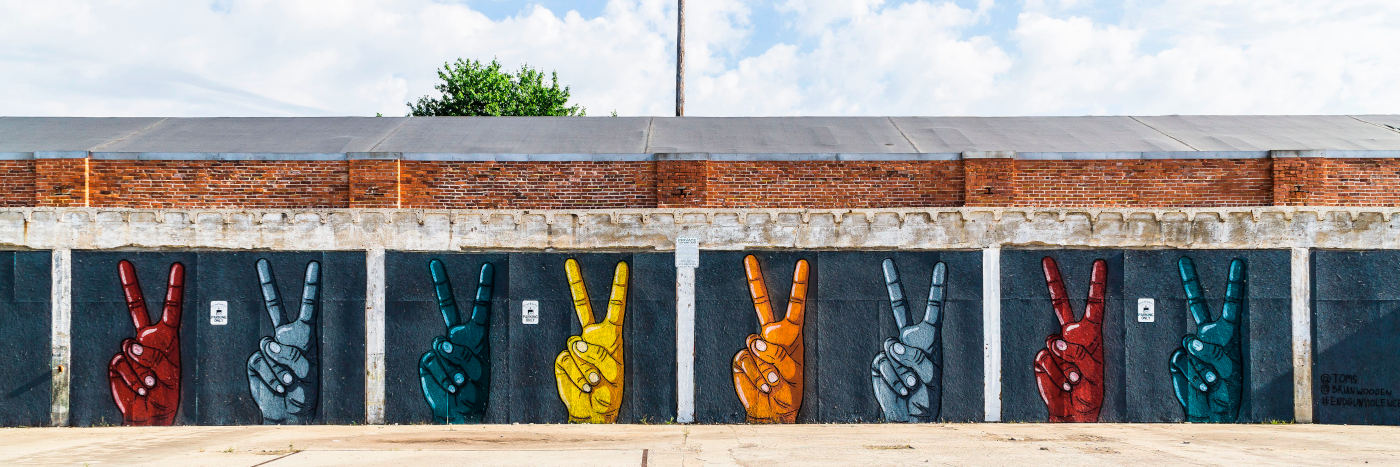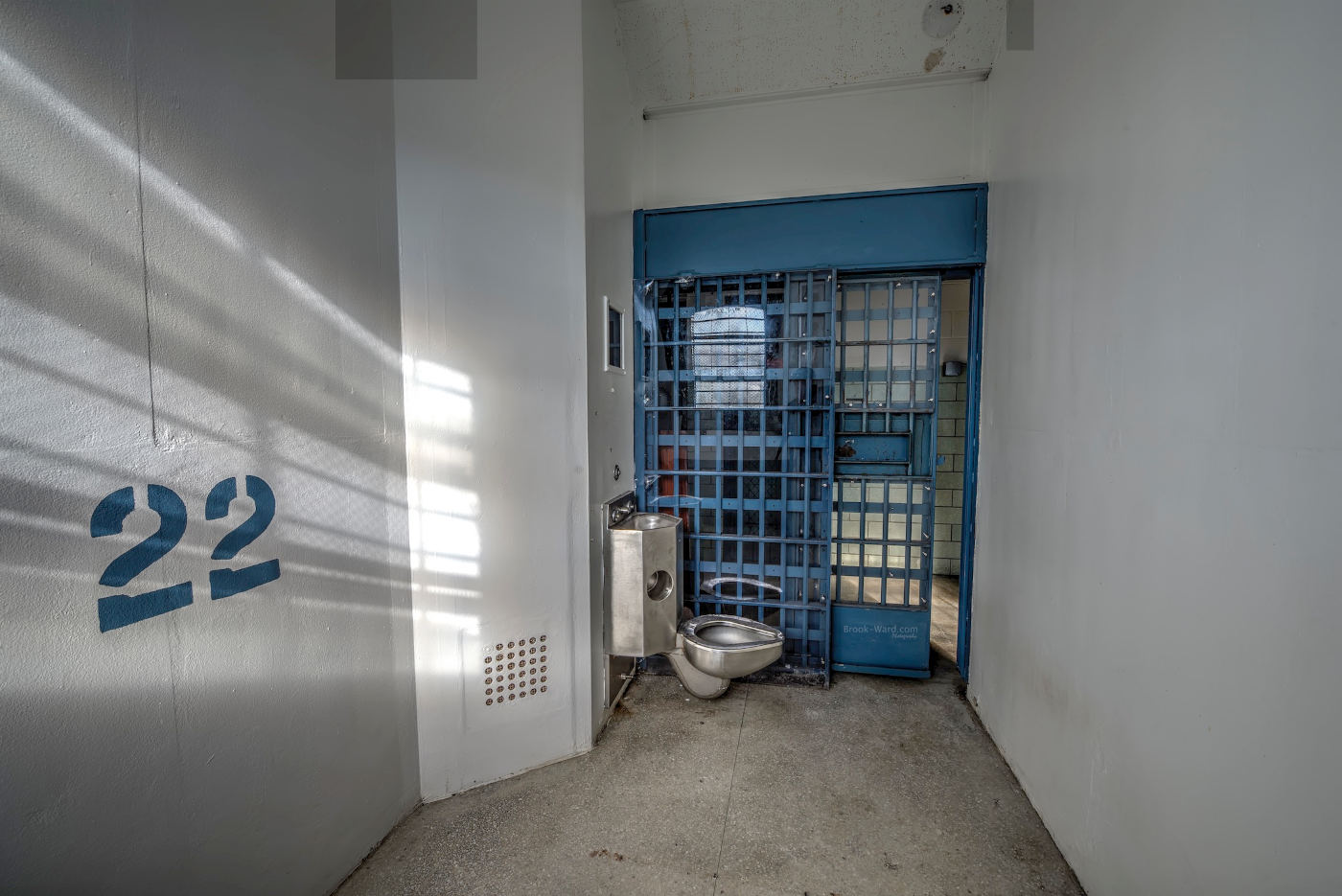No justice; no peace!!!

That has been the slogan of many protest movements going back as far as the 1986 killing of Michael Griffith, a Trinidadian immigrant assaulted by a mob of white youth in Howard Beach, NYC. Since then, it has been a rallying cry for each miscarriage of justice perpetrated on the disenfranchised.
It implies, of course, that peaceful action is impossible without justice.
I wholeheartedly agree.
In this post, I’m proposing that no justice is possible without PEACE.
Let me explain.
Since form needs to follow function, I have inverted the slogan for this post.
If the primary functions of a justice system are to improve public safety, build public confidence and trust, and ensure justice is delivered for everyone, then a systemic approach needs to be created in which all entities in the system work together in PEACE for positive change.
Conveniently, one way to think about all the “forms” of a comprehensive, justice system is to organize them around the acronym PEACE:
- Prevention (Preventive Services, Schools, Community Diversion, Health Care, Mental/Behavioral Health, EMS, Hospitals, Treatment facilities, Social Services)
- Enforcement (Police, FBI, ICE, Homeland Security)
- Alignment ((Judges, Prosecutors, Defense Council, Public Policy, Government Leadership)
- Corrections (Parole, Prison, Probation, Pre-Trial Detention)
- Engagement (Homeless Services, Affordable Housing, Social Services, Transportation, Employers, Faith Community)
Justice with PEACE starts with Prevention.
The best way to avoid counting bodies at the end of a river (or school classrooms) is to go upstream to change what is causing the bodies to fall into the river in the first place.
The best ways to stop crime and reduce mass killings are to regulate guns, invest in public schools, create community diversion alternatives, make health care and mental health services more accessible and affordable, improve hospitals and treatment facilities, and engage social services.
Justice with PEACE continues with Enforcement.
We need to improve the quality of our police force. Yes, let’s reimagine public safety; but let’s not defund the police. No matter how effective our prevention systems are, we still need to enforce the law and maintain order. Even though, in my opinion, the FBI, ICE, and Homeland Security need to be re-purposed, they can still serve vital functions. We need to be ever vigilant about terrorists and we need to control immigration at the border. While I’m against “Defund the Police,” particularly relating to how that term has been weaponized by some groups, there is merit in taking a hard look not only at what is being funded, but also what is not being funded because police budgets consume such a high percentage of municipal allocations. We should stop pouring money into the status quo of a very broken system at the fatal expense to institutions that do good for the whole population—privileged and unprivileged. A case could be made that investments in public schools, public swim programs, boys and girls clubs, affordable housing, and accessible broadband would yield a much larger return than over-investments in the police.
All of these systems need to be Aligned.
Not only does each of the PEACE components operate independently, but they also compete among themselves within each function. The real opportunity to make a difference is to establish interdependent relationships among all the systems—which means they openly share information, collaborate effectively, mobilize behind a shared vision, and seek ways to help each other succeed.
When people fall through the cracks of the system—which they will surely continue to do—then we need to provide opportunities for them to make life and career Corrections.
This means that pre-trial detention, prisons, jails, and parole boards need to work together to help inmates, prisoners, and released felons get started on sustainable paths. In my next post, I will address how to help people in need of corrections get ready for changing their lives, make them aware of possible options, give them the skills they need to survive and thrive in the community, teach them how to apply their new skills in new situations, and follow-up on how well they are participating in society and making progress in their lives. Stay tuned.
Finally, we need to make it possible for ex-offenders to Engage productively in the environments to which they are returning.
That means making sure they have access to affordable housing, transportation, social services, employment opportunities, and/or faith communities that will provide additional comfort, support, and a sense of belonging.
Over the past several years, the media has highlighted exemplars in each of those areas that have worked across the globe.
It turns out that many organizations in many different geographies have developed and implemented models that have proven very successful.
It seems to me there are opportunities to learn from and leverage those models and to increase collaboration among them.
Establishing shared goals among the various entities involved in the Justice system is a critical starting point. Also, engaging stakeholders is an essential success factor for inspiring change and getting buy-in from all the people affected by the justice system to include:
- The accused
- The convicted
- Victims
- Families
- Journalists
- Tax Payers
- Community agencies
- Community citizens

In my experience, best results are achieved when stakeholders are brought together and asked about their experiences, their hopes and concerns, their suggestions, how they want to be involved, and their desired outcomes.
I have also found that success depends on having the right people, programs, processes, technologies, and culture to support change and implementation. I believe that all of those elements are required if we want to optimize our ability to:
- Improve safety
- Reduce crime
- Reduce costs
- Reduce recidivism
- Improve educational achievement
- Enhance Mental Health
In order to achieve those outcomes, I believe there are real needs for training, technology enablement, policies, protocols, rehabilitation, and treatment facilities.
I believe there are distinct advantages when all agencies find points of interdependence and are committed to creating collaborative approaches to change.
Perhaps the best place to start is to establish PEACE among the agencies.
Clearly, there are enormous challenges facing the justice system.
We are bombarded daily with news of high-profile tragic events. We are daunted by the complexity and cost of the system. We are discouraged by the lack of effective treatment and rehabilitation. We are heart broken by a continuous flood of mass killings. We are saddened by increases in domestic violence and the decreases in public trust. We acknowledge how institutional racism has plagued many lives and how inhumane treatment (over-reliance on solitary) has broken many more lives.

I believe we have the tools and resources to increase efficiency and effectiveness in the pursuit of justice, safety, and trust if all entities and stakeholders would work together. No PEACE, no justice. We will only see real justice when we have a comprehensive and integrated PEACE system. And peace in our hearts. May it be so.
Also published on Medium.



Well done Ricky-thank you!
Rick .. Congratulations! Your perspective and voice are important! We can have PEACE if thought leaders, all stakeholders, work together. We need to listen, do our homework and insist on sustainable transformation.